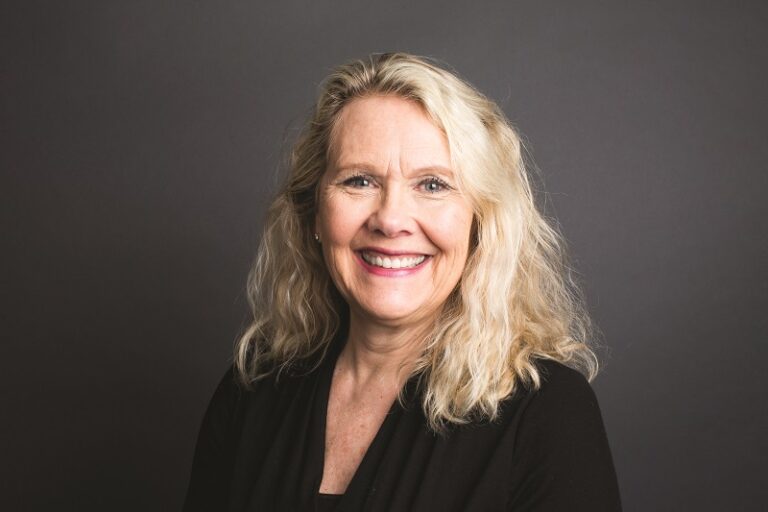Study co-authored by Christopher Clark published in Harvard Educational Review
According to a recent study co-authored by UND Assistant Professor Christopher Clark, social studies teachers across the country are bringing more bias into the classroom than they might realize.
More specifically, when teachers bring news media into their “current events” lesson planning for middle and high school students, their choices for sources largely affirm their own political ideologies.
Clark and his co-authors’ findings made their way to the Spring 2021 issue of Harvard Educational Review. Their mixed-methods study – surveying more than 1,000 secondary-level teachers across the country – supplied the data for “How Social Studies Teachers Choose News Resources for Current Events Instruction.”
During a time when concerns around “fake news” are prevalent in American culture, and educators contemplate how students are taught to recognize and handle seemingly disparate news sources, Clark said his research is asking about the teachers themselves. What are they saying or, perhaps more importantly, omitting about the news sources they’re using to teach?
Clark, a lecturer and researcher in the Department of Teaching, Leadership & Professional Practice at UND’s College of Education & Human Development, said that teachers are more outwardly concerned about “bread and butter” considerations for classroom media content: Is the news coverage in question at an appropriate reading level? Is the content acceptable or appropriate for the age group?
“Nearly half of respondents failed to mention anything about the actual news sources when talking about choosing content for lessons on current events,” Clark said. “The quality or integrity of the information sources took more of a backseat to concerns of basic literacy, which is a rather minimal requirement.”
Clark and his co-authors, Mardi Schmeichel, associate professor of teaching, learning and teacher education at the University of Nebraska-Lincoln and H. James Garrett, associate professor of mathematics and science education at the University of Georgia, received responses from 1,065 teachers across six states, which Clark said varied in political makeup.
In the now-published study, the researchers looked at areas such as frequency of current events instruction, frequency of use for individual news sources and teachers’ political beliefs.
Among their discoveries, Clark zeroed in on the alignment of political beliefs with the news sources teachers deliver to students. For instance, Fox News stories were commonly used as a source among 61 percent of conservative-identifying teachers, but only 9 percent of those more liberal-leaning. Nearly the inverse could be said for National Public Radio’s reporting.
“In previous research, we’ve seen that the closer a news source is to one’s beliefs, the more it is trusted,” Clark said. “Based on what we’ve reported, that is certainly true for the way teachers are selecting resources to give their students.
“So, when we’re asking about teaching media literacy in this era of ‘fake news,’ teachers may be, but they’re not choosing their sources to highlight whether or not a source is credible, and so on.”
Clark said his team’s research speaks to the need to understand what teachers’ practices are, and how those teachers are making sense of news in an era of “misinformation, disinformation and a surplus of information.” At UND, Clark is hoping the location will give him more access to understanding rural school systems in particular, in relation to the topic.
“We were thrilled to be published in Harvard Educational Review,” Clark said. “And I think it speaks to the demand for more understanding of this area of news literacy. We’re early into understanding how news and ‘fake news,’ so to speak, affect education – so we’re honored that Harvard was interested in the piece.”
